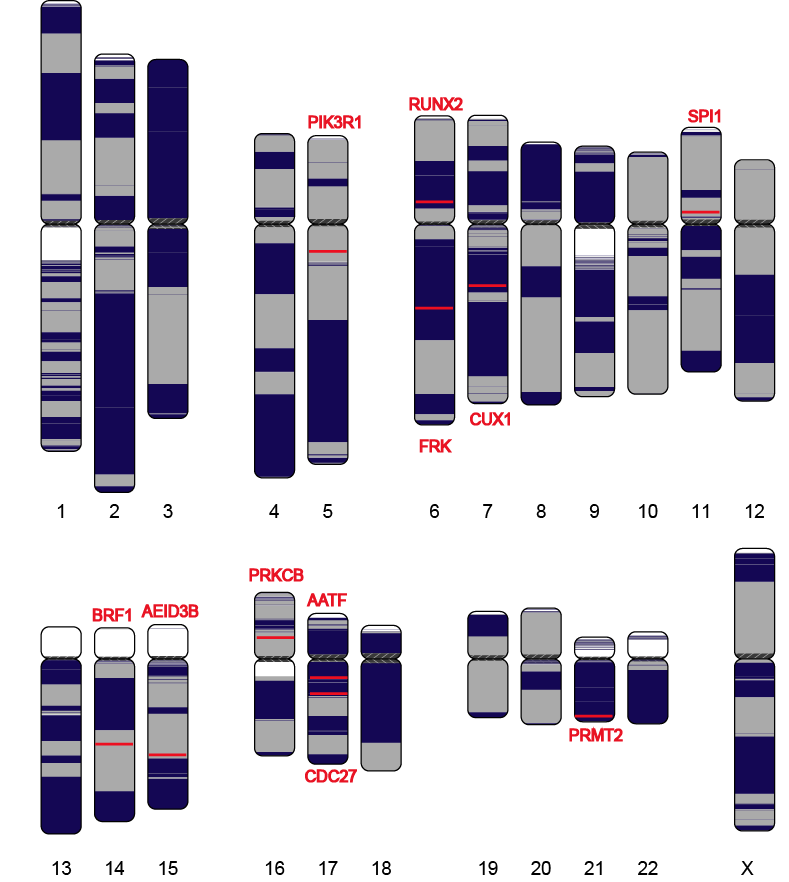Development a Highly Efficient Assembly Tool for Nanopore Data With Intact Error Correction to Assemble the First Complete Ophthalmic Tumor Genome
Source: Ophthalmic Engineering Research Center, ZOC
Written by: Chuanle Xiao, Ophthalmic Engineering Research Center, ZOC
Proofread by: Jiawei Wang
Edited by: Xianjing Wei
Reconstructing the genome sequence of a species or individual in a population is one of the most important tasks in genomics. Single-molecule sequencing (SMS) technologies, developed by Pacific Bioscience and Oxford Nanopore, yield long reads that can significantly increase the number of solvable repetitive genome regions and improve the contiguity of assembly. The Oxford Nanopore technology can generate reads that are up to 1 M in length and with read N50 > 100 kb, which may significantly improve the contiguity of assembly. However, errors in nanopore reads are more complex than those in PacBio reads. Error correction tools cannot efficiently correct nanopore reads. High error rate subsequence (HERS) in nanopore reads are usually trimmed during error correction, which reduces both the length of the original reads and the contiguity of final assembly. Based on the error feature of nanopore reads, the team from State Key Laboratory of Ophthalmology, Zhongshan Ophthalmic Center at Zhongshan Ophthalmic Center has developed an error correction and de novo assembly tool (NECAT). This tool can overcome complex errors in Nanopore reads and achieves superior performance in both error correction and de novo assembling Nanopore reads. Furthermore, We applied NECAT to gain the first complete ophthalmic tumor genome with an NG50 of 22 Mbp and find novel disease-associated structure variations.

Figure. The ophthalmic tumor genome and novel disease-associated structure variations
At the beginning of 2021, their latest research work, entitled “Efficient assembly of nanopore reads via highly accurate and intact error correction” was published online in Nature Communications, the sub journal of Nature. This study was funded by the National Natural Science Foundation of China, Guangdong Basic and Applied Basic Research Foundation, the Local Innovative and Research Teams Project of Guangdong Pearl River Talents Program, CAMS Innovation Fund for Medical Sciences, Clinical Innovation Research Program of Guangzhou Regenerative Medicine and Health Guangdong Laboratory and the State Key Laboratory of Ophthalmology, Zhongshan Ophthalmic Center, Sun Yat-sen University. Prof. Ying Chen, Shangqian Xie, Ying-Feng Zheng, Qi Dai, and Ph.D. student Fan Nie are co-first authors, Prof. Feng Luo, Jianxin Wang, Yizhi Liu, and Chuanle Xiao is the corresponding authors.
